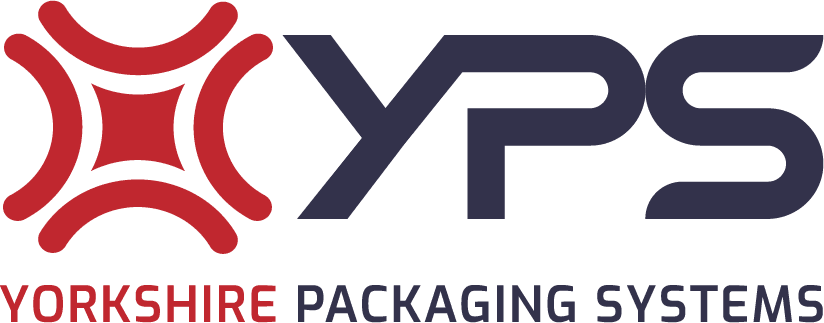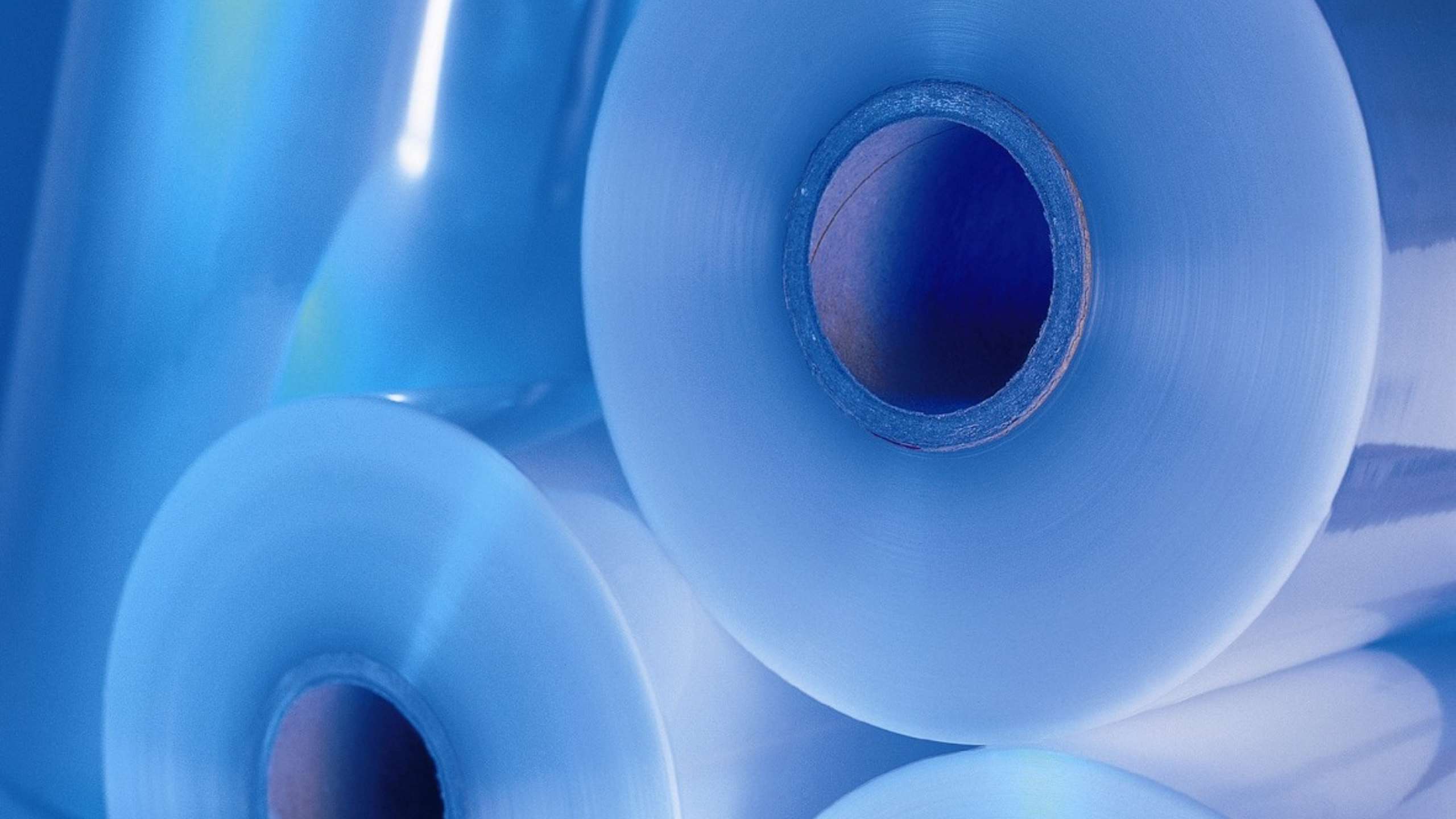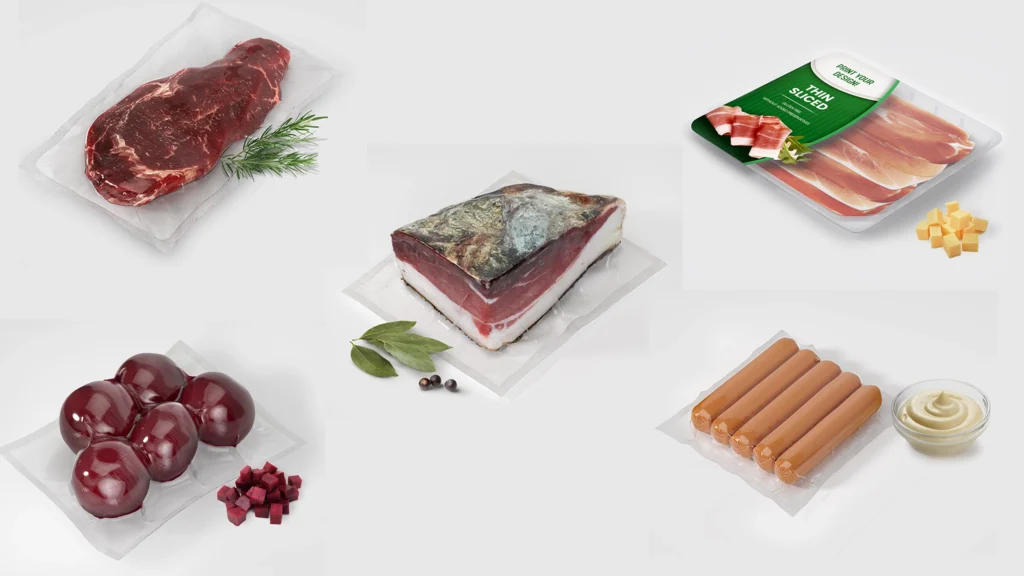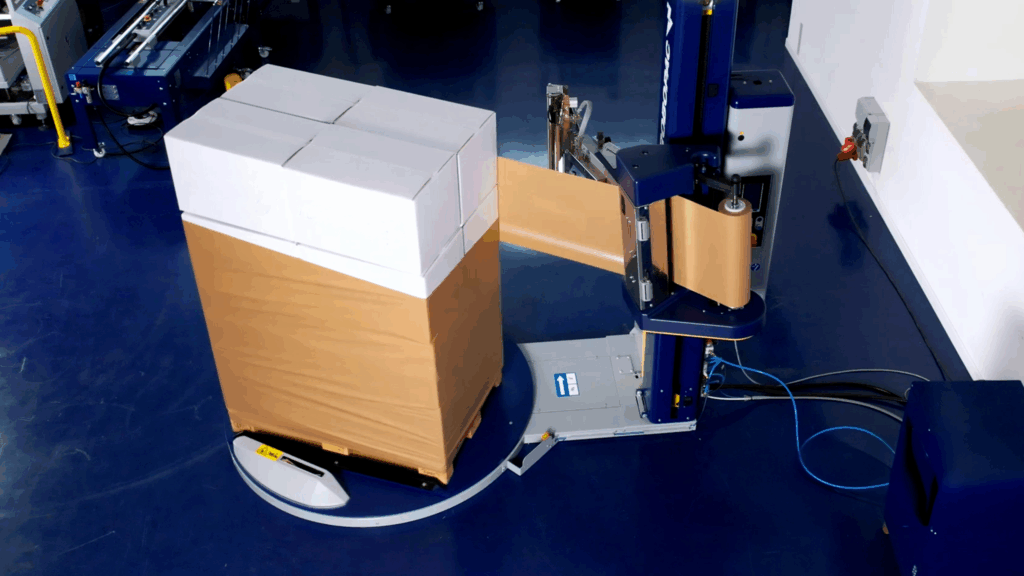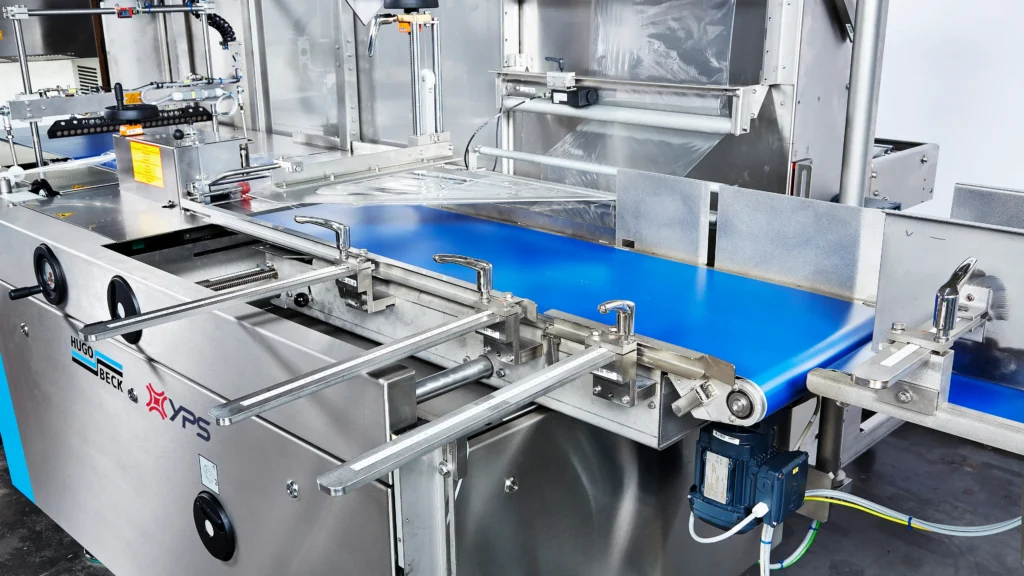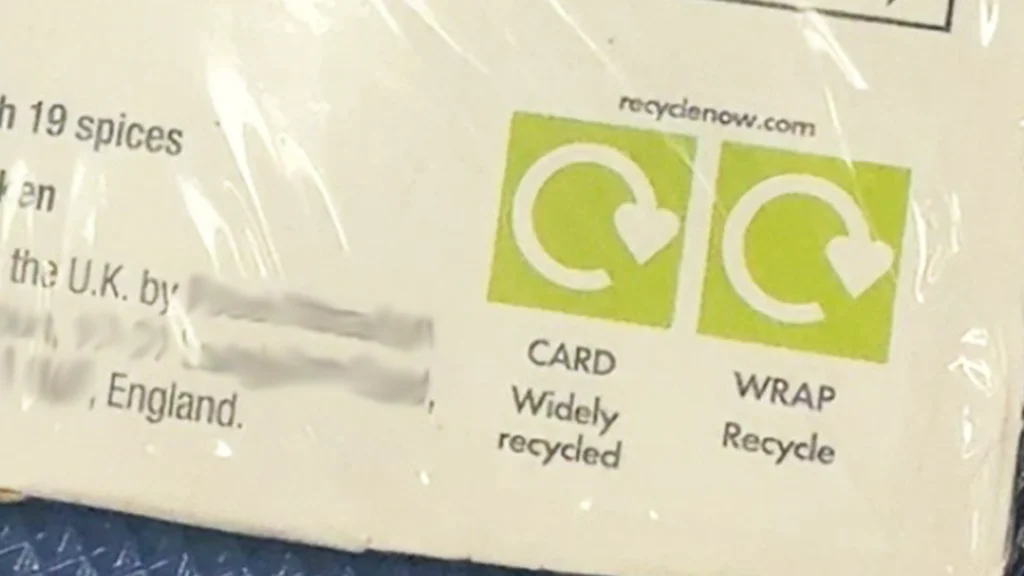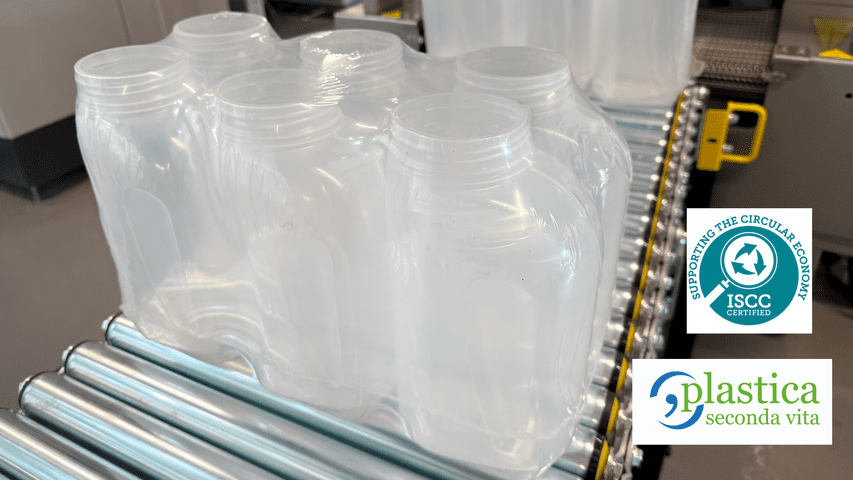Are you muddled by ‘microns’, confused over ‘centre-folded’ and bamboozled by ‘bullseye’ terminology?
We know it can be a challenge to cut through the jargon if you have never used shrink wrap film before. That’s why we’ve defined the key terms here so you can become an expert in no time!
Barrier – This is a specification of film which offers the opportunity for modified atmosphere packaging. This film is specialised for use with fresh meat and poultry products.
Bio-based – A bio-based product is a that is composed, in whole or in significant part, of biological products or renewable domestic agricultural materials, including plant, animal, and marine materials. Our unique bio-based shrink film B-NAT consists from a base of green polyethylene produced from sugarcane ethanol which is a sustainable alternative to traditional finite fossil fuel bases.
Bullseye – The bullseye on a shrink wrapped pack refers to the open areas at each side. These are created with polythene film on a sleeve wrapper when total film coverage of the pack is not required. An example of a pack that uses a bullseye is a 12 pack of water bottles in a supermarket.
Centre-folded – This refers to single-wound film that has been centrally folded before being wound on to the core. The width of the film when opened out flat is double the width of the roll. Centre folded film is typically polyolefin and is used on side sealers and L sealers.
Cross-Linked – A cross-linked film has added strength compared to standard polyolefin shrink film. It is created with an extra process during manufacture that bonds different layers of shrink film sheeting together, adding strength and durability. It also offers the potential to input anti-fog additives, especially for produce applications. Our Bollore crosslinked polyolefin shrink films are the only polyolefin films in the world which are LDPE-04 recycling certified.
Green PE – This is a particular specification of polythene that is manufactured from a wholly renewable source.
High Slip – Shrink films of this specification are used for single products that are to be collated into boxes, such as rolls of wrapping paper or wall paper. High slip film offers a glossy finish that doesn’t cause friction when the products rub together.
Low Slip – Low slip films are designed to offer product stability to stacked items during transportation to avoid slippage, e.g. stacks of labels wrapped in low slip polyolefin will not slip.
Micron (gauge) – This is the measure of the thickness of the film in millimetres. Our shrink film ranges from 9mu to 25mu in polyolefin specifications and 17mu to 150mu in polythene specifications.
Perforated – Our shrink films can be supplied with any format of perforations, or tiny air holes, to suit your pack requirements. The purpose is to help release the air from inside the pack during the shrinking process inside the shrink tunnel, providing a tighter and neater pack. This removes the need for machine perforations which can be inconsistent. The diagram below demonstrates the escape of air allowed by perforated film.
Polyolefin – This is a chemical term meaning a material from a class of polymers produced from a simple olefin as a monomer. In shrink film packaging use, it relates to the plastic sheets of film that are ideal for presentation or display packaging.
Polythene – This is a chemical term meaning a light thermoplastic material made from ethylene. In shrink film packaging use, it relates to a type of plastic made into thin sheets or bags, ideal for transit packaging.
Recyclable – denoting any material or waste that is reusable, or can be reformed into another object or material. Recyclability is an important consideration when choosing your shrink film supplier following increasing pressure to reduce single-use plastics recently. All YPS shrink films are fully recyclable to LDPE-04.
Shrink Ratio – This is the amount of potential shrink force that a film can provide, which can be changed to suit different pack types. For example, our market-leading BY polyolefin has a 70% shrink ratio for high display applications creating a tightly wrapped pack, whereas polythene films for transit applications may have only 20-30% shrink ratio.
Single-wound – This is a roll of film that is not pre-centre folded. The width of the film when unwound is the width of the roll itself. Single wound film is typically of polythene specification when used on sleeve wrappers or polyolefin when run on high-speed side sealers.
Stretch Wrap – Also known as pallet wrap, this is a stretchable plastic film that is wrapped around products, usually on pallets, allowing it to be stretched. Its elasticity serves to hold the load tightly together.
Total enclosure – Total enclosure is created when a product is sealed and shrunk inside a ‘bag’ created by the shrink film. This is typically used with polyolefin film for display applications.
Are there any more shrink film terms that you don’t understand? Submit them to us today at enquiries@yps.co.uk and we will add them to our glossary!
